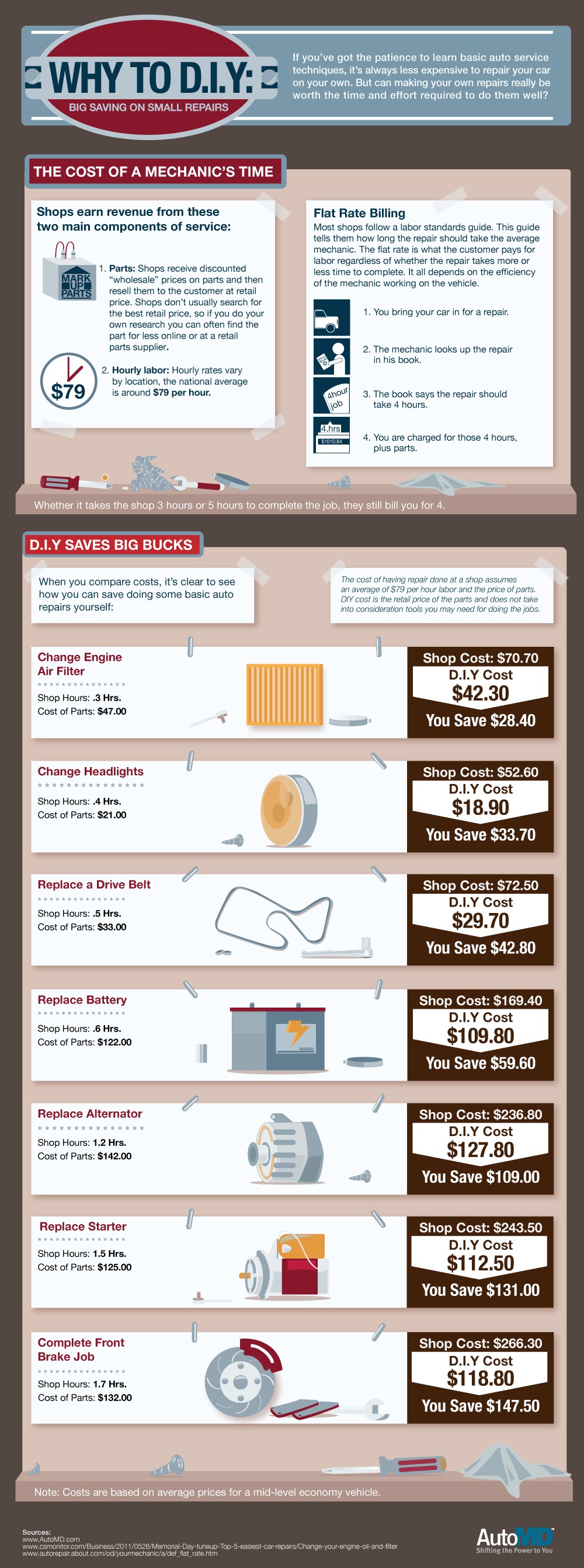Decoding Your Vehicle'S Warning Indicators: What They Truly Represent
Decoding Your Vehicle'S Warning Indicators: What They Truly Represent
Blog Article
https://brakes-and-rotors51738.slypage.com/32650888/how-mobile-automobile-explaining-services-can-save-you-money-and-time Created By-Hartley Torres
When you lag the wheel, those glowing caution lights on your control panel can be a little bit perplexing. Do you recognize what they're trying to tell you concerning your auto's health? Understanding the relevance of these lights is vital for your safety and security and the durability of your lorry. So, the following time one of those lights pops up, would not you wish to understand its message precisely and take the essential actions to address it?
Common Warning Lights and Interpretations
Determine typical warning lights in your car and recognize their definitions to make sure risk-free driving.
The most common caution lights consist of the check engine light, which signals problems with the engine or emissions system. If this light comes on, it's essential to have your vehicle examined immediately.
The oil pressure alerting light indicates reduced oil pressure, calling for immediate attention to stop engine damage.
A flashing battery light might recommend a damaged billing system, potentially leaving you stranded if not resolved.
The tire stress tracking system (TPMS) light notifies you to reduced tire pressure, affecting vehicle stability and fuel performance. Ignoring this could lead to risky driving problems.
The ABS light shows a problem with the anti-lock braking system, compromising your capability to quit promptly in emergencies.
Lastly, the coolant temperature level alerting light warns of engine overheating, which can lead to severe damage otherwise solved swiftly.
Recognizing these common caution lights will help you deal with concerns promptly and preserve secure driving conditions.
Relevance of Prompt Attention
Recognizing the common caution lights in your automobile is just the initial step; the significance of immediately dealing with these cautions can not be stressed enough to ensure your safety when traveling.
When a caution light brightens on your control panel, it's your auto's means of connecting a potential concern that requires focus. Neglecting these warnings can cause a lot more extreme troubles later on, endangering your security and possibly costing you a lot more in repairs.
Prompt attention to warning lights can prevent breakdowns and mishaps. For instance, a blinking check engine light can indicate a misfire that, if left neglected, might create damage to the catalytic converter. Resolving this promptly can conserve you from an expensive repair work.
Likewise, a brake system cautioning light may indicate reduced brake liquid or used brake pads, essential elements for your security when driving.
Do It Yourself Troubleshooting Tips
If you discover a warning light on your dashboard, there are a few DIY repairing tips you can try before seeking expert assistance.
The initial step is to consult your cars and truck's handbook to recognize what the particular caution light suggests. Sometimes the issue can be as straightforward as a loose gas cap setting off the check engine light. Tightening up the gas cap may fix the problem.
An additional usual concern is a reduced battery, which can trigger different alerting lights. Checking the battery connections for corrosion and ensuring they're protected may repair the trouble.
If a caution light lingers, you can attempt resetting it by separating the auto's battery for a few minutes and after that reconnecting it. In addition, checking your car's liquid levels, such as oil, coolant, and brake liquid, can help fix cautioning lights related to these systems.
Conclusion
To conclude, recognizing your car's warning lights is necessary for maintaining your automobile running efficiently and safely. By quickly attending to these signals and recognizing what they indicate, you can stay clear of pricey repair services and potential failures.
Bear in mind to consult your vehicle's handbook for certain information on each cautioning light and act as necessary to ensure a trouble-free driving experience.
Keep educated, remain secure when driving!
